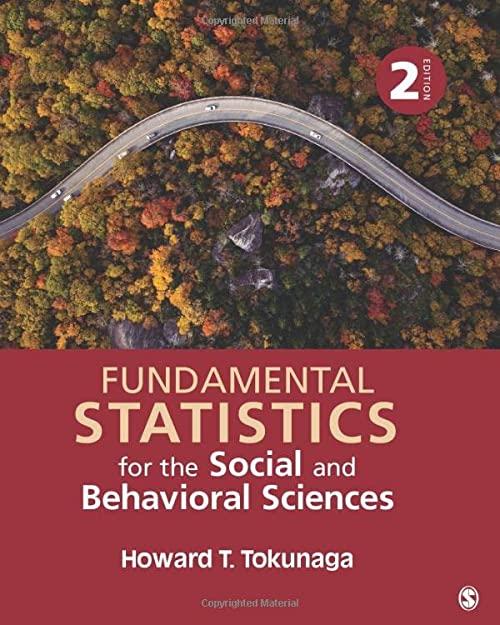A third-grade teacher is interested in comparing the effectiveness of two styles of instruction in language comprehension:
Question:
A third-grade teacher is interested in comparing the effectiveness of two styles of instruction in language comprehension: imagery, in which the students are asked to picture a situation involving the word, and repetition, in which the students repeat the definition of the word multiple times. After 6 weeks of instruction, she gives the students a language comprehension test. The following scores are the number of correct answers for each student. Determine whether the two styles of instruction differ in their effectiveness.
Imagery: \(12,13,11,11,13,13,15,12,9,12\)
Repetition: \(6,11,10,12,9,10,11,12,10,8\)
a. For each group, calculate the sample size \((N)\), mean \((\bar{X})\), and standard deviation \((s)\).
b. State the null and alternative hypotheses \(\left(\mathrm{H}_{0}\right.\) and \(\left.\mathrm{H}_{1}\right)\).
c. Make a decision about the null hypothesis.
(1) Calculate the degrees of freedom \((d f)\).
(2) Set alpha ( \(\alpha\) ), identify the critical values (draw the distribution), and state a decision rule.
(3) Calculate a value for the \(t\)-test for independent means.
(4) Make a decision whether to reject the null hypothesis.
(5) Determine the level of significance.
d. Draw a conclusion from the analysis.
e. What are the implications of this analysis for the teacher?
Step by Step Answer:

Fundamental Statistics For The Social And Behavioral Sciences
ISBN: 9781506377476
2nd Edition
Authors: Howard T Tokunaga




